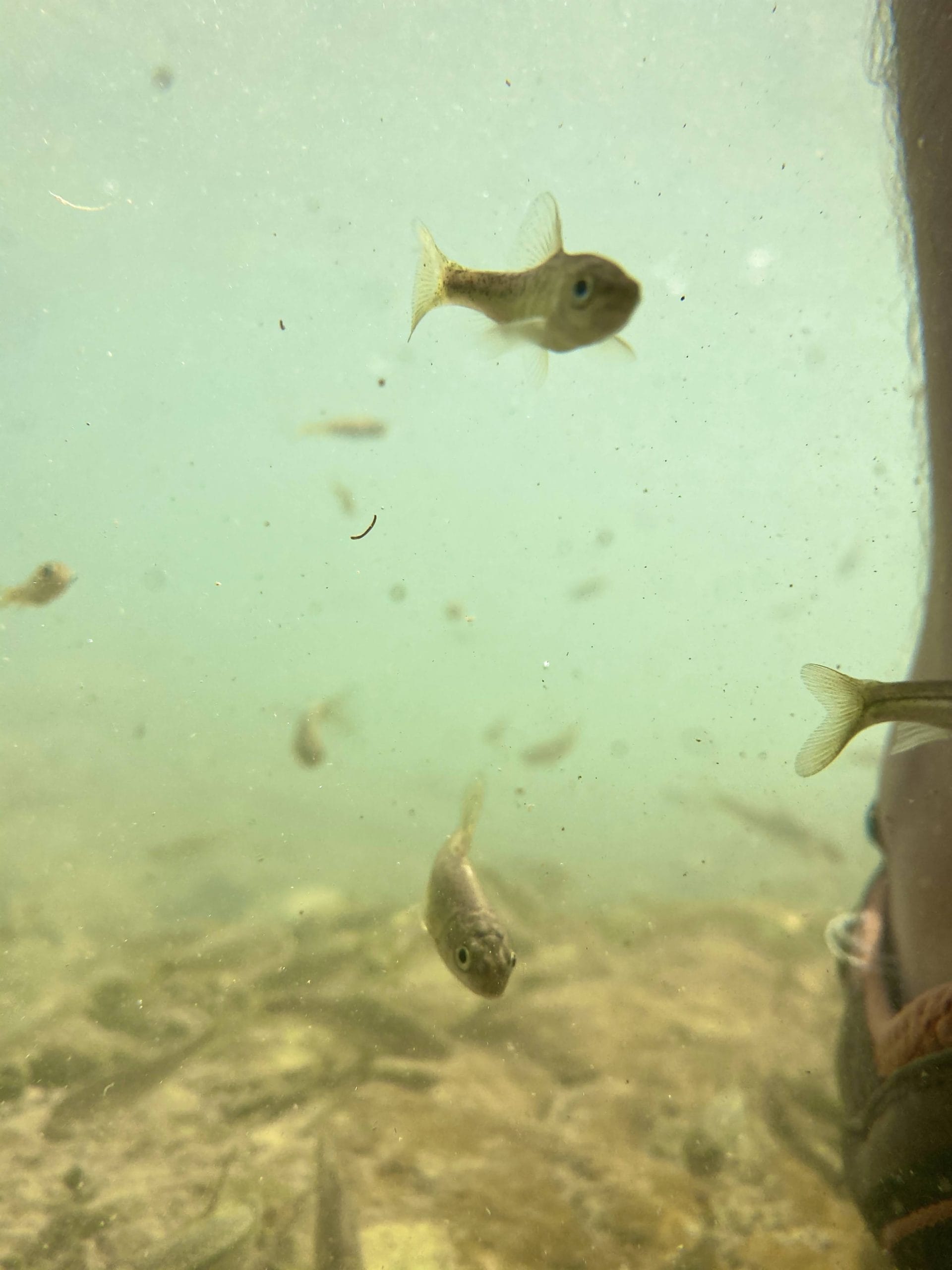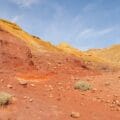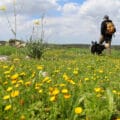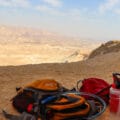
Welcome back to our hiking basics series.
This series is for those of you who are still getting familiar with the ins and outs of hiking in Israel. So far, I’ve covered the parks, the seasons, and the geographical areas of the country. In Part Four, I’ll be discussing a topic which confused me for a very long time: water in Israel.
When I first moved to Israel, I thought that the only places to get into the water were the seas: the Mediterranean, the Sea of Galilee (Kinneret), the Dead Sea, and the Red Sea (near Eilat). Over the years, I learned about some other spots: like the Jordan River, Ein Gedi, and some small streams in the North.
Still, I remained confused about the meaning of the Hebrew word Nahal. I had heard much talk of the Nahals around Israel: Nahal Dolev, Nahal Katlav, Nahal Kelah. Didn’t Nahal mean stream? And if there were so many streams in Israel, then where was all the water?

Also, I knew that there were supposed to be lots of Ma’ayanot all around Israel. Ma’ayan means spring in Hebrew. I had encountered real springs in places like Ein Gedi. But during my first years in Israel, I had no idea of how to find other clean, freshwater springs in Israel.
In this part of the Hiking Basics series, I’ll share what I’ve learned about water in Israel over the years. Let’s get down to basics:
The Major Bodies of Water in Israel
In Israel, there are four main bodies of water:
- The Sea of Galilee (Kinneret) in the North
- The Mediterranean Sea along the coast
- The Dead Sea in the South
- The Red Sea at the Southern tip of Israel
These seas are great places to go for a dip, but they’re also an important part of understanding naturally occurring water in Israel. We’ll get to this soon.

Another important large body of water in Israel is the Jordan River, which flows from Northern Israel, into the Kinneret, and on to the Dead Sea. The Jordan River forms the Eastern border between Israel and Jordan.
Understanding Streams
There are three different types of Nahalim, or streams, in Israel:
- Nahal Eitan (Perennial Stream): This type of stream flows year-round, throughout the rainy season and the dry season. Examples of this type of stream are Nahal Prat, Nahal Amud, and Nahal David (in Ein Gedi).
- Nahal Achzav (Seasonal Stream): This type of stream flows only during rainy season.
- Nahal Shitfoni : This type of stream flows only immediately after heavy rains. Currently, most of the streams in Israel fall into this category.
When you hear the word Nahal in the description of a hike in Israel, you will most likely not be walking along a flowing stream. Instead, you will be walking through a shady streambed, where water flows only after a heavy rain.
In Israel, there are some streams that flow year-round (Nahalei Eitan). These streams have their source in an underground spring, which usually fill up from accumulated snowmelt or rainfall. Thus, even perennial streams are often less powerful in the summer and fall, after a long dry season.
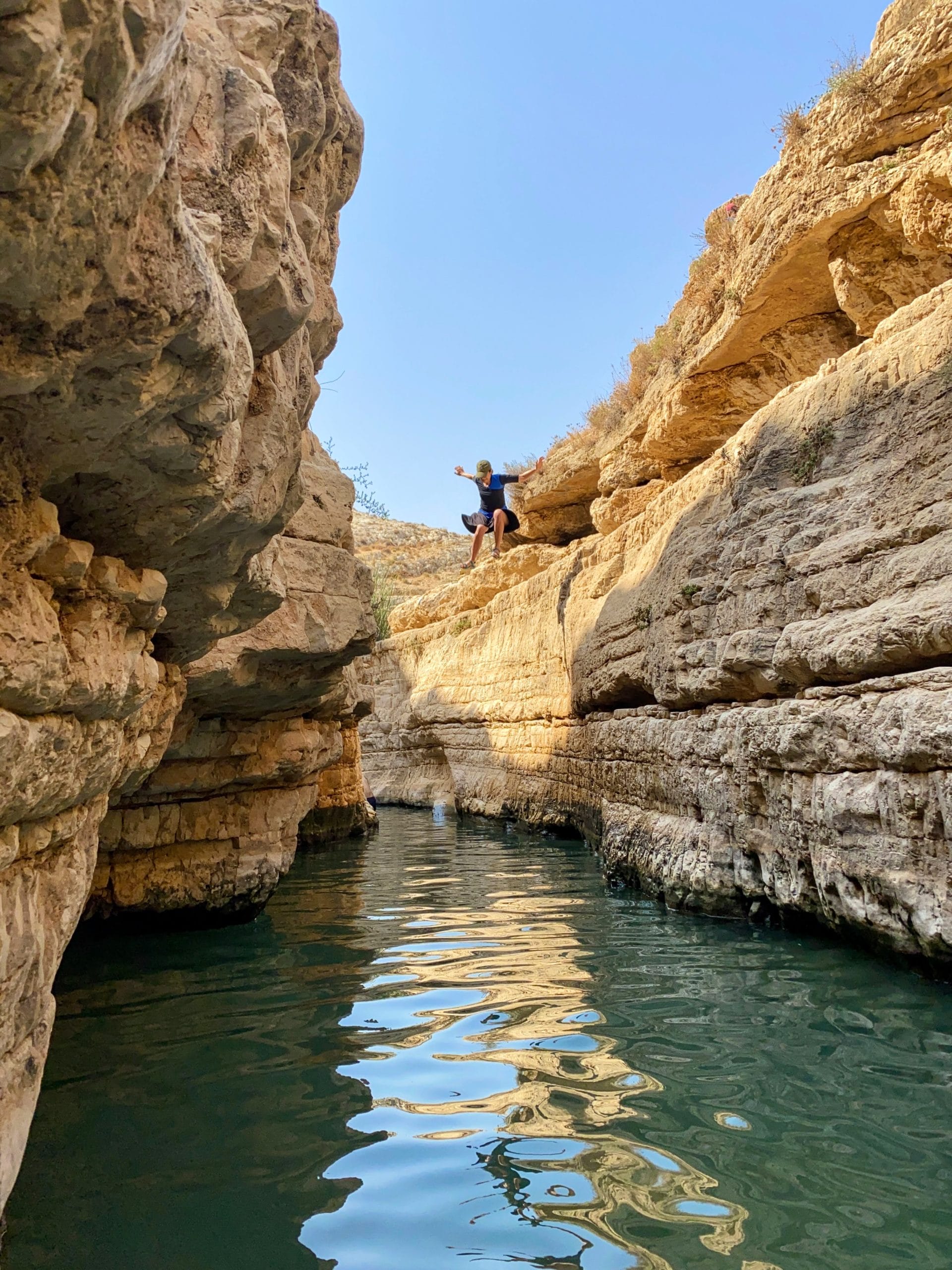
Streambeds (both dry and wet) are places where water runs through in a channel towards a larger body of water. In some cases, a stream leads directly into a sea. And in other cases, a stream is a tributary into a larger stream or river which then spills into the sea.
Some of the best hikes in Israel are through these Nahalim. Near every large body of water, smaller streams carry rainwater away from dry land and towards the sea. Although usually dry, these small channels tend to be full of plant and animal life and plentiful shade, creating a perfect place for a walk in nature. When I plan out desert trails, I usually search for a shady streambed to hike through.
The Springs, Explained
All over Israel, there are underground water sources called ma’ayanot. That’s springs in English. Ein Gedi, Ein Bokek, and Ein Prat are all freshwater springs. Ein is the shortened form of the full Hebrew word ma’ayan.
Without going into the full explanation of how this works, a spring is the result of water accumulating underground and then bubbling forth onto land. In Israel, some springs are plentiful, flowing year-round (like Ein Gedi and Ein Prat). Others may pour forth year-round, but slow to a small trickle in the summertime. Still, other springs dry up completely above ground during the dry season.
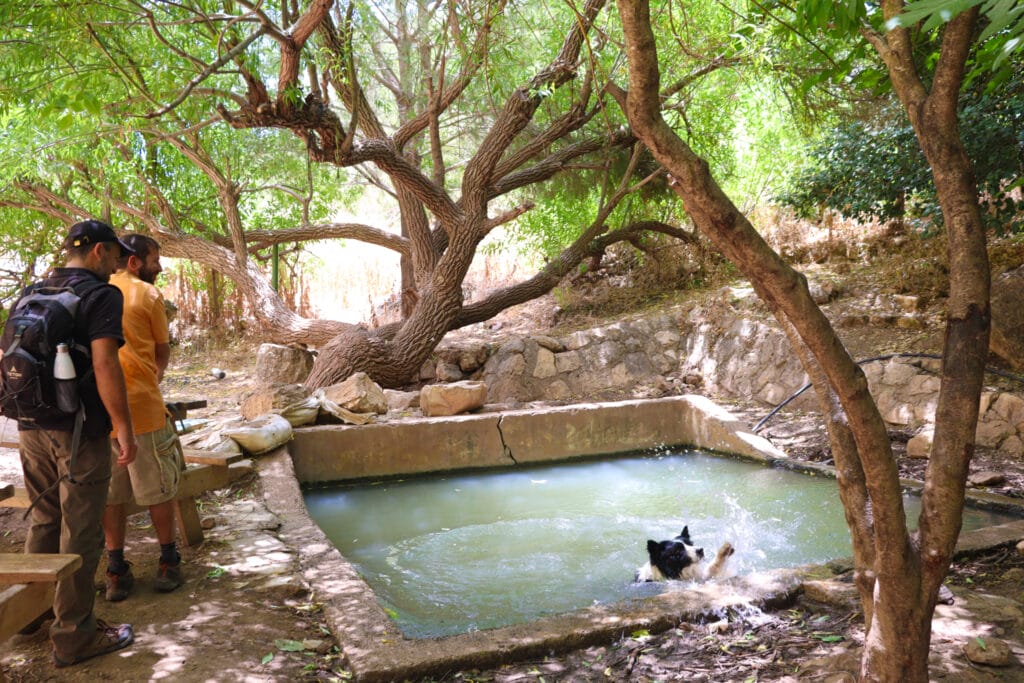
There are also some springs which never make their appearance above ground at all. This is sometimes due to water being pumped out to be used for farming and drinking water in the local area (this is quite common around Israel). As a result, streambeds which could be flowing with water are dry instead.
With a few major exceptions, most springs in Israel are at their best during the winter and spring. After the rainy season, these spring pools tend to be full of clear, fresh water. As the dry season progresses and waterflow slows, most spring pools become murky. The water level in these spring pools usually drops several centimeters in the summertime. For this reason, the best time to visit most freshwater springs is on a warm day in the springtime.
A note on spring pools: sometimes, they are naturally occurring basins. But quite frequently, pools have been built (out of concrete or rocks) to collect the natural water flow into a defined area.
Standing Pools, Explained
One last type of water source you may encounter in Israel are gavim, or standing pools. These still pools are formed by trapped rainwater and are usually found along desert streambeds. The pools fill up during rainy season, drying out by late summer.
If you expect to encounter standing pools on a hike, it’s important to take note of the season. In the middle of the winter these pools are likely to be the quite full. This is great if you want to swim, but not so great if you are planning on walking through them. You’ll need to bring suitable footwear and plan a way to escort your gear along the trail, through the pool.

In the summertime, don’t expect to go swimming in any desert pools. Even if you find water, it will most likely be green, murky, and unsuitable for swimming.
Water: Our Most Precious Resource
In nature, water means life and natural beauty. Where there’s water, flowers, plants, and trees grow. Birds and animals are attracted to these areas of growth and sustenance. This is true in every place, but especially so in Israel, where rain disappears completely for a full season each year.
Like any country, our Land has its own unique natural environment. Learning about water in Israel is an important step to planning the best hikes for every season.
I hope Part Four of this Hiking Basics guide helped you understand the different natural types of water features you may find on the trail. Stay tuned for Part Five, where we’ll take a deep dive into how to pack the perfect hiking bag.

